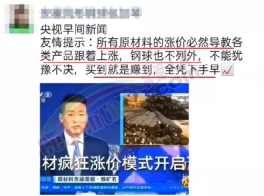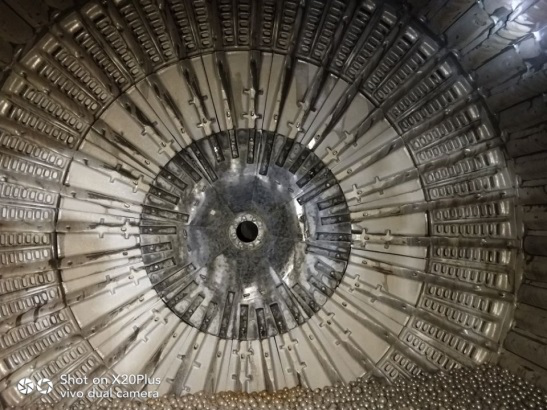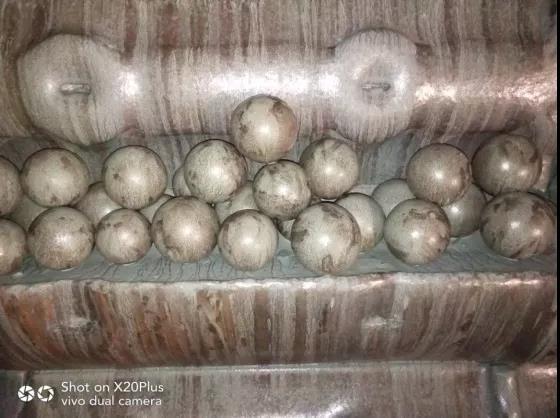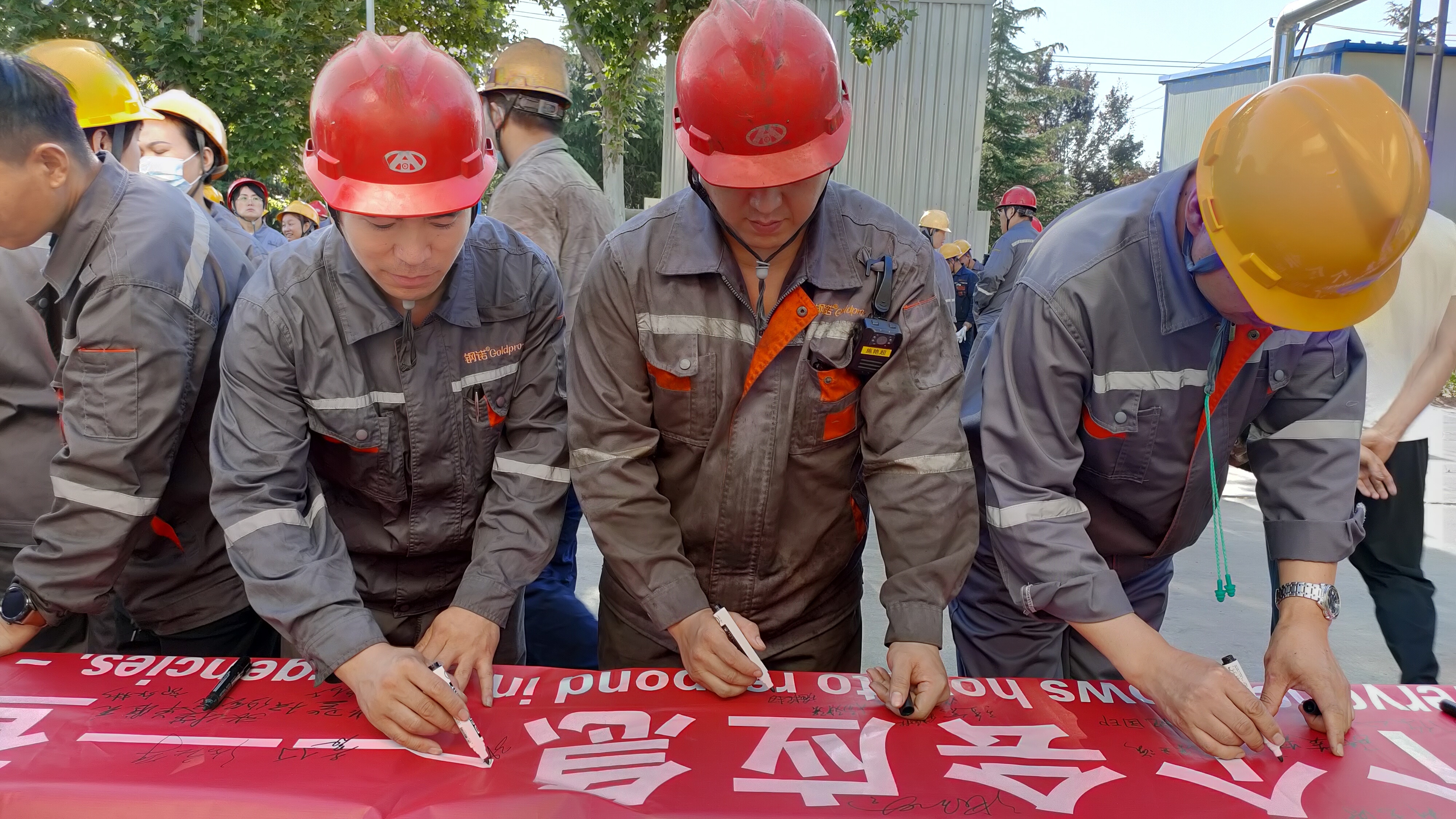Copper is up 38%, iron is up 30%, and stainless steel is up 45%. Raw material prices are rising, increasing the cost of ore grinding. It's crucial for businesses to find the right way to reduce costs and increase efficiency!!!
Mar 20,2021
Recently, many equipment and material companies have issued price increase notices. According to CCTV Finance statistics, since last June, Copper rose by 38%, plastic by 35%, aluminum by 37%, iron by 30%, glass by 30%, zinc alloy by 48%, and stainless steel also surged by 45%. Meanwhile, steel balls, which are consumed in the largest quantities during the grinding process in the mining industry, have also seen price increases.

Steel ball manufacturer notice: The price increase of all materials will inevitably lead to the rise of various products, and steel balls are no exception. Do not hesitate, buying now means earning, it all depends on acting early. If you feel that ordering is expensive these days, don't panic, it will be even more expensive after a few more days of observation, because raw materials have increased in price again.
The rise in steel ball prices has made many grinding enterprises begin to pay attention to the cost of grinding. Especially when it comes to the selection of steel balls, choosing the right steel balls can not only improve efficiency but also save costs for enterprises, truly achieving cost reduction and efficiency improvement. However, most domestic competition is based on low prices, neglecting high cost-performance competition, leading to mixed products and significant wear deviations in various mining enterprises. Regarding this phenomenon, combined with literature, let's discuss several ways to reduce consumption.

1. Steel Ball Quality Selection
The quality of steel balls affects both the production rate and ball consumption, thereby impacting grinding costs. When selecting steel balls, firstly, harder steel balls are not necessarily better; there is an appropriate hardness value. If only ball consumption is considered, higher hardness results in lower consumption. However, for mill production rate, within a certain range, production rate increases with increasing steel ball hardness, but when hardness exceeds a certain range, it adversely affects mill production rate, causing it to decrease, and the steel balls become brittle. Secondly, the density of ball mill steel balls is also an issue that cannot be ignored.
2. Control Steel Ball Size and Proportion
Because steel balls and material in the ball mill are in point contact, if the steel ball diameter is too large, the crushing force will be great, leading to accelerated wear and easily causing the material to break along the penetration force direction, affecting grinding efficiency. In addition, with the same steel ball filling rate, if the ball diameter is too large, the number of individual steel balls will be small, the crushing probability will be low, over-grinding will intensify, and product particle size will be uneven; if the steel ball is too small, the crushing force on the ore will be small, resulting in low grinding efficiency. Therefore, a reasonable steel ball size proportion will not only reduce ball mill steel consumption but also effectively improve grinding efficiency.
3. Control Steel Ball Filling Rate
When the ball mill speed reaches a certain level, a higher filling rate means more strikes of steel balls on the material, a larger grinding area, and faster wear. Moreover, excessive filling rate will change the motion state of ball mill steel balls, reducing the impact effect on large particle materials. Conversely, if the filling rate is too low, the grinding effect will be too weak, which is also not ideal. Currently, the filling rate of steel balls in grinding operations at concentrators is generally: grate mills 45%-50%, overflow mills 38%-42%. From the perspective of the actual situation of each concentrator, these are not necessarily reasonable filling rates, so it is necessary to determine the reasonable ball charge through beneficiation tests.
4. Reduce Feed Particle Size
If the feed particle size to the ball mill is large, the work done by the ball mill on the material will be greater. To achieve the specified grinding fineness, the workload of the ball mill will inevitably increase, and consequently, the energy consumption of the steel balls will also increase. To reduce the power consumption of the ball mill, the feed particle size for grinding can be reduced. Therefore, the product particle size of crushing should be small, which means achieving "more crushing, less grinding".
5. Control Grinding Concentration
The grinding concentration affects the specific gravity of the pulp, the adhesion of material around the steel balls, and the fluidity of the pulp. If the grinding concentration is appropriate, the adhesion of the material around the steel balls is good, and the impact and grinding effects of the steel balls on the material are also greater, leading to faster wear of the steel balls. In actual production, grinding concentration can be controlled by regulating the feed rate, or replenishing water, or adjusting the classification action.
6. Control Ball Mill Speed
Provided that the steel ball proportion in the ball mill is reasonable, an increase in ball mill speed will cause the steel balls inside the cylinder to transition from a cascading state to a throwing state. When the rotation speed increases to a certain point, the useful power reaches its upper limit, at which point the grinding effect is better, and the wear of ball mill steel balls is also relatively reasonable. The theoretical critical rotation speed of a ball mill is generally 78-85%. Due to material properties and other factors, the ball mill speed needs to be determined according to actual conditions.
7. Change Ore Grindability
The grindability of the material fed into the ball mill is one of the reasons affecting the energy consumption of ball mill steel balls. Generally, if the feed material has low grindability, the ore is easy to grind, and the wear of ball mill steel balls is less, with lower energy consumption; conversely, the opposite is true. In actual production, if difficult-to-grind ore is encountered or fine grinding is required, it can be considered, if economic and site conditions permit, to add certain chemical reagents during the grinding process to improve the grinding effect and increase grinding efficiency; or to heat-treat the ore to change the overall mechanical properties of the ore and reduce mineral hardness. Both methods can effectively reduce ball mill energy consumption.
During the grinding process, many factors influence the energy consumption of ball mill steel balls, and most of these factors are difficult to quantify; they can only be analyzed and judged qualitatively. To reduce the power consumption of ball mill steel balls while ensuring reasonable quality indicators, it is necessary to consider multiple aspects and control each aspect well to achieve technical and economic indicators and good product quality indicators.

Gangnuo New Material Co., Ltd. has many years of experience in steel ball design and production, and also possesses a technically proficient crushing and grinding beneficiation technology optimization service team, capable of designing customized products according to different working conditions and providing crushing and grinding technology optimization services as needed. Our mission is to build a high-tech aircraft carrier for wear-resistant materials and create outstanding value for customers; our vision is to focus on the development of wear-resistant materials, establish a century-old Gangnuo, and create an international brand; our core value is customer-centricity, benefiting strivers; our corporate spirit is craftsmanship.
We look forward to your call for communication, and sincerely hope that you will visit our company for inspection, exchange, and guidance during your busy schedule. If you need us to visit your mine for communication, we await your notification at any time!
Consultation Phone:
0310 8746020
18903204866
The entire Technical R&D Team of Gangnuo New Material Co., Ltd. awaits your good news!







